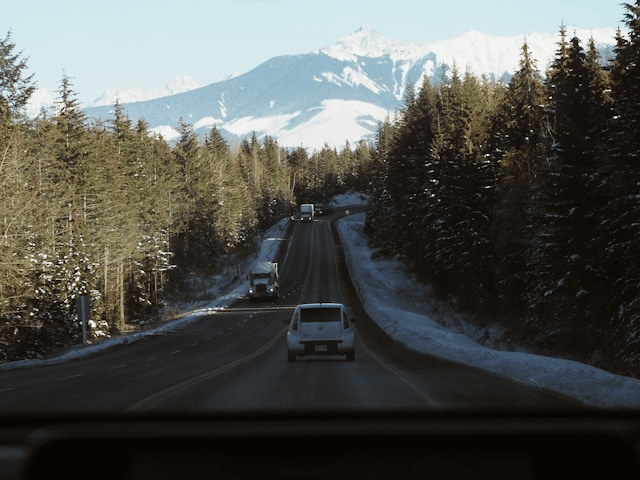For many people, travel is associated with peak times like summer holidays or festive seasons. But choosing to travel during the off-season can completely change the way you experience a destination. The off-season, also known as the low season or shoulder season, is when tourist crowds thin out, prices drop, and destinations reveal a more authentic side of life. Learning how to travel during the off-season can help you save money, avoid stress, and uncover hidden gems.
Why Travel During the Off-Season?
Traveling in the off-season offers multiple advantages that go beyond budget savings.
-
Lower costs: Flights, hotels, and even car rentals are often significantly cheaper when demand is low. Budget travelers and families can stretch their travel funds much further during these months.
-
Fewer crowds: Popular attractions, museums, and landmarks are easier to enjoy without long lines. You can take photos without fighting for space and have more relaxed experiences.
-
Authentic cultural experiences: With fewer tourists, locals are more open to meaningful interactions. You can explore neighborhoods, markets, and traditions without the rush of peak-season tourism.
-
Unique seasonal charm: Off-season often brings special festivals, local celebrations, or unique natural scenery that peak-season travelers miss. For example, autumn vineyards in Europe or spring blossoms in Asia are breathtaking but less crowded.
Challenges of Off-Season Travel
While off-season travel is rewarding, it comes with challenges you need to prepare for.
-
Weather variations: Some destinations may be rainy, snowy, or colder than usual. This can impact outdoor activities.
-
Limited services: Certain restaurants, hotels, or attractions may close during low-demand months.
-
Reduced transport schedules: Flights, ferries, or trains may run less frequently, requiring flexible planning.
Understanding these challenges helps you plan smarter and enjoy your trip regardless of the season.
Tips for Planning Off-Season Travel
If you’re ready to embrace the off-season, here are some essential travel tips:
-
Choose destinations carefully – Look for places where the off-season doesn’t mean extreme weather. For instance, visiting Italy in November is cooler but still enjoyable, while visiting a Caribbean island during hurricane season may be risky.
-
Stay flexible with bookings – Use airlines and hotels that offer flexible change or cancellation policies.
-
Pack appropriately – Bring layers, waterproof clothing, or sturdy shoes depending on the climate.
-
Research seasonal closures – Always check if attractions, restaurants, or tours operate year-round.
-
Plan indoor alternatives – Museums, local cooking classes, and cultural centers make excellent backup plans in case of bad weather.
Best Destinations for Off-Season Travel
Some destinations truly shine when you visit outside the peak months:
-
Europe in the fall or winter: Cities like Paris, Rome, and Prague are less crowded, offering a more authentic cultural experience.
-
Tropical destinations in shoulder season: Thailand, Bali, and Mexico often have milder prices and fewer tourists right before or after peak months.
-
Ski resorts in spring: The slopes are quieter, and you’ll often find discounts on accommodations and gear rentals.
-
Hidden gems year-round: Countries like Portugal, Slovenia, or Colombia remain underrated and are ideal for off-season exploration.
Money-Saving Strategies for Off-Season Travel
Traveling during the low season is already budget-friendly, but you can maximize savings with smart strategies:
-
Take advantage of package deals and seasonal discounts.
-
Use loyalty programs, frequent flyer miles, and credit card rewards.
-
Consider longer stays extended accommodation often comes at a better rate during quiet months.
-
Dine where locals eat rather than tourist-heavy areas.
These techniques allow you to stretch your budget while enjoying more immersive travel experiences.
Staying Safe and Comfortable
Off-season travel sometimes means quieter streets or unpredictable conditions. To make your trip safe and enjoyable:
-
Purchase travel insurance to cover cancellations or weather disruptions.
-
Keep plans flexible in case activities are canceled or rescheduled.
-
Research local customs and seasonal events to avoid surprises.
-
Stay connected with local news and weather updates during your trip.
Conclusion
Learning how to travel during the off-season is one of the smartest ways to see the world. Not only do you save money on flights and accommodations, but you also gain access to unique experiences and authentic connections that peak-season travelers often miss. With careful planning, flexible itineraries, and an open mind, off-season travel can turn into the most rewarding journeys of your life.









